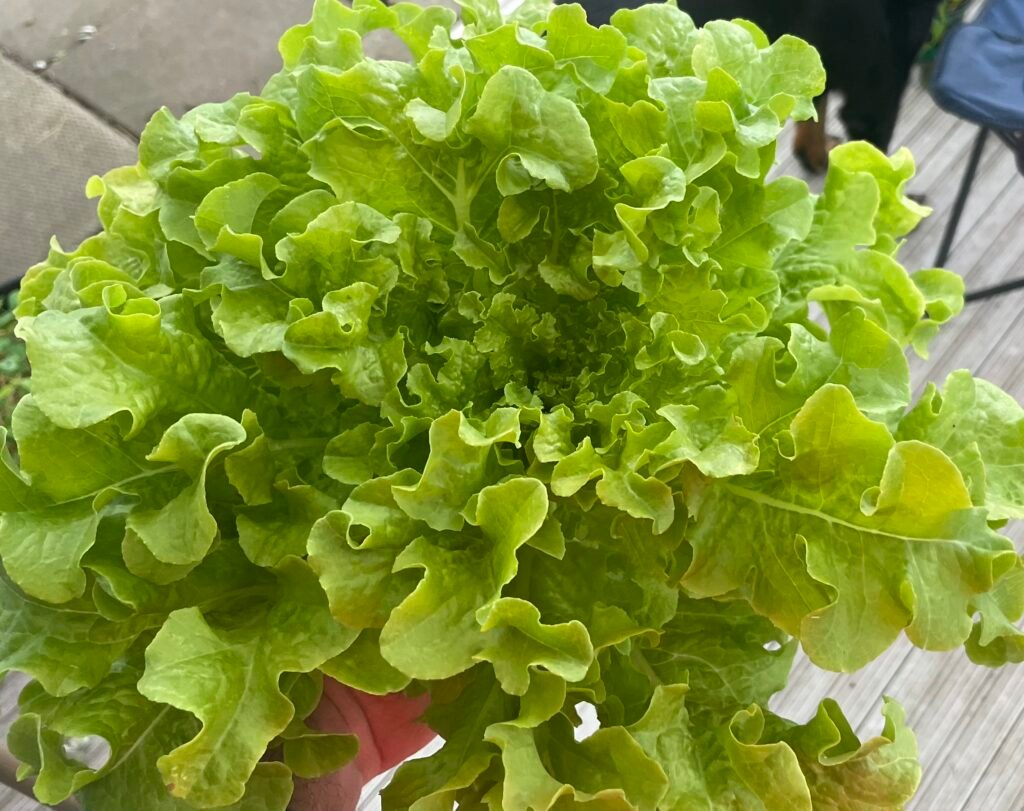I often find myself thinking back to the beginning of my gardening days. All the mistakes, the numerous times I thought about giving up. The frustrations of putting in so much effort and never getting a payoff is very tough to process. In my over 15 years of gardening I’ve easily failed more then I’ve succeeded. To be honest the only thing that kept me going was not excepting failure. I absolutely despise failing at anything so that fueled me. But more then that the competitor in me loved the ultimate challenge of man vs nature.

Versus is the wrong terminology, its more understanding your place in the whole thing. Understanding the balance that takes place in all of nature and then being part of it. You don’t want to forcefully control nature(that only brings problems in the future). Learn to understand the cycles, the fight for survival that’s taking place all around us. Learning to work with the seasons and using them as markers. Here are four gardening tips that I think are key to becoming a successful gardener.
First things first
My first gardening tip is pretty simple and straight forward, BE PREPARED TO FAIL! Its just that simple, with gardening comes failure. There is not a single gardener out there that has not faced failure and an honest gardener will admit they fail at something every year. There are so many factors when it comes to gardening that its impossible to be perfect. Weather patterns, the plants that surround your garden, the pests that may not have a predator, disease and more.

But this shouldn’t discourage you, its just a perspective thing. When you are successful and you will be if you dont give up, its so rewarding. The sense of accomplishment is primal, its in our DNA. Up until recently growing food was a necessity for thousands of years. The freshness is like nothing you can eat from the store, oh my goodness, not even close. And the fact that you did that, you nurtured this little sprout into growing actual fruit is a feeling like no other. So plan to fail and when you do, what will be your motivation to not give up. Because your not alone, we are all with you.
Start Simple
Okay gardening tip numero dos, is start simple. Start with just with a couple plants and learn everything you can about them. This is important, so many people want to start off with, tomatoes, peppers, lettuce, beans, cucumbers etc. But they all have very different needs, they are native to different parts of the world. Look at the different species like different animals. You don’t take care of the cat the same way you do a dog.

Learning about the tomato species is a great place to start. Tomatoes require lots of sun (6-8 hours of direct), more water then most others (but not on the leaves), good airflow, soil rich in nutrients and some support. Knowing these facts alone can get you to successful tomato yields but its the care that really counts. The routine of making sure it has proper support so the branches don’t snap off when the fruit gets heavy or watering the ground and not the leaves. The routine gets you familiar with the plant helping you understand it and in return you receive the most delicious tomatoes you have ever had.
The good stuff is in the soil
When I first started gardening I thought okay, sun, water and dirt, insert plant and BOOM vegetables! Yeah no that’s not how it goes, sure the amount of sun and water are definitely important but the soil, the soil is everything. Think of it this way, the sun provides the plant with sugars (photosynthesis) which give it energy. Water is the lifeblood, enabling photosynthesis and transporting nutrients. Both very important but the soil contains all the nutrients, holds the water and gives the plant structure.

I’m not gonna nerd out here and I am definitely no scientist so I’ll speak in terminology that we can all understand. Soil is made up of billions of microorganisms. Organisms that help create and disperse of nutrients, making the nutrients available to plants. This is why compost is the best solution to soil health. Compost is full of material for organisms to feed on and their waste becomes the nutrients that plants need. The roots require oxygen as well, and the organisms tunneling through the soil create air pockets that allow for oxygen flow. Soil health is crucial, and it’s important to consider how much moisture a plant’s roots can tolerate, as different types of soil (sandy, silt, loamy, or clay) can hold varying amounts of moisture.
Flowers, flowers, flowers
Flowers are super important in any garden. Not just for the beauty, but for the pollinators they attract. One of my biggest ongoing fails was my cucumber plants. I’d get these beautiful plants but only one cucumber per plant the whole season. After a couple YEARS of failing, it finally clicked—I wasn’t growing any flowers! I had this silly idea that I shouldn’t grow anything I couldn’t harvest, haha.

When it comes to the cucumber plant they need a pollinator to produce cucumbers. Unlike tomatoes which just need a little shake or some wind they self pollinate, meaning they have the male and female parts in each flower. The cucumbers have flowers that are either male or female and need a friend to come along and bring the pollen from one flower to the next. Cucumber flowers are very small, so if they are the only flowers around its going to be hard for the pollinators to find them. So adding the flowers not only added some color but it got the attention of all the pollinators (especially those little bumble butts) and now I have pickles until the next harvest.
Lets review the four gardening tips
Keep it simple and take the time to get to know the plant you’re going to grow before you dive in. Soil is everything, besides the sun and water it contains everything else that the plant needs. Don’t be afraid to add as many flowers as you can. Not only do you bring in the pollinators for the plants but also your own personal entertainment. Just remember, failure is part of the process. Those lessons from failure really stick with us and help us grow—both as gardeners and as people, wink wink.
Oh and one more thing, my bonus gardening tip. Gardening requires passion, hard work and dedication. It holds you accountable and teaches you to slow down have patience and be grateful. Patience is key but so is being creative and having pride in all your hard work. Happy gardening friends!




